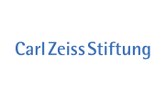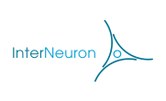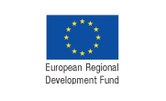Szabina Tudja: Impact of network architecture on stimulus representations in vitro
| When |
Oct 27, 2020
from 05:15 PM to 05:45 PM |
|---|---|
| Where | Zoom Meeting. Meeting ID and password will be sent with e-mail invitation. You can also ask Fiona Siegfried for Meeting ID and password. |
| Contact Name | Swathi Anil |
| Add event to calendar |
|
Abstract
Neuronal connectivity determines activity propagation and perpetuation and thus affects the capability of networks to represent and retain stimulus-related information. In this context, neural encoding requires rapid separability of activity patterns, robustness to variability (e.g. from ongoing background activity), and flexibility for adaptation. The recruitment order of neurons in elicited activity has been demonstrated to comprise these properties both in vivo and in vitro. Yet, how structural properties of self-organizing neuronal networks enable and constrain the emergence of this type of representation remains unclear.
In the current study, we study the effect of network structure - different levels of clustering -on stimulus representation by recruitment order in vitro. We find that despite qualitatively distinct activity dynamics emerging from different network architectures, representation capacity can be surprisingly similar.
We investigate representation through the following topics: the network’s ability to generate similar patterns to the same stimuli (reliability); the capacity to generate a repertoire of differing, separable patterns to separate inputs (richness, separability); and encoding in network patterns and the synergy of their single unit constituents. We further study the role inhibition plays in this form of representation by pharmacologically enhancing or blocking inhibition.







